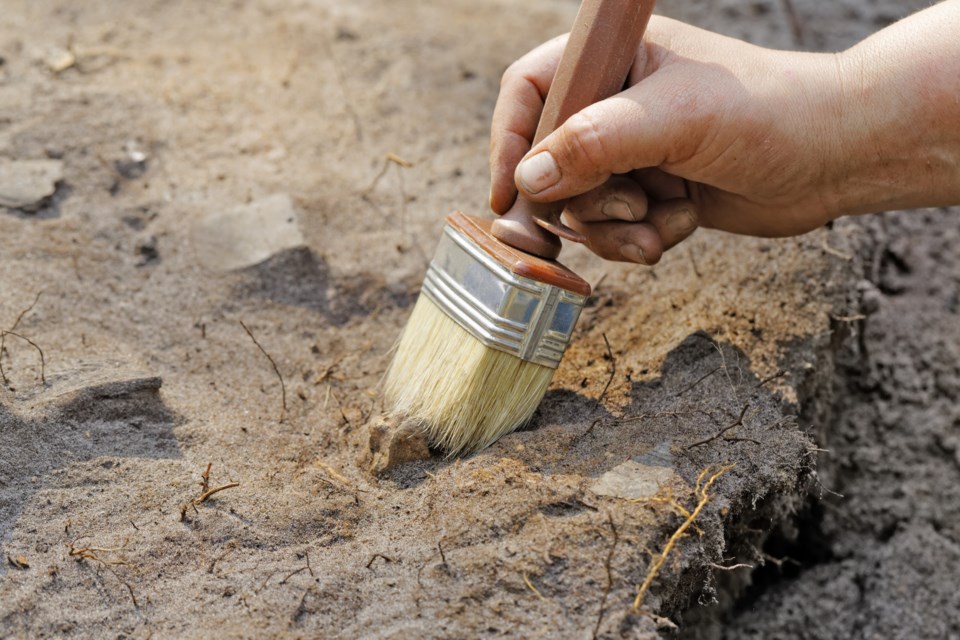The Region of Waterloo has won a 2024 Municipal Engineers Association Award for its project management achievements during the Fischer-Hallman Road improvements project between 2020 and 2023.
The award recognizes regional staff member Justin Armstrong's outstanding contributions to the project.
Armstrong is being recognized for his role in managing the Fischer-Hallman Road archaeological assessment, a key component of the road improvement project.
He led a diverse project team, which included four Indigenous communities, engineering and archaeology consultants, and the general contractor.
His service-centered, collaborative approach ensured the project’s success and helped build and strengthen relationships with each organization involved.
“Being part of a project that combined the findings of significant pieces of history and regional infrastructure improvements was an incredibly rewarding experience,” said Armstrong in a press release.
“The collaboration between the Region, Indigenous communities, and all project partners was vital in uncovering and preserving this important cultural heritage, and I’m proud to have been part of a team that worked so diligently to bring this history to light while continuing my journey of learning and growth.”
“On behalf of regional council, I’d like to extend my congratulations and thanks to Mr. Armstrong for his outstanding project management and dedication to the success of this regional community-building project,” said Regional Chair Karen Redman.
The three-year field assessment uncovered over 128,600 hand-excavated artifacts including arrowheads, blades and scrapers, jewelry, and ceramics, as well as 69 features including a longhouse, sweat lodge, and hearths (fire pits).
This collaboration with the region and several Indigenous partners became a critical element that allowed for a detailed reconstruction of life in a Late Woodland village that existed here in 1400–1600.
